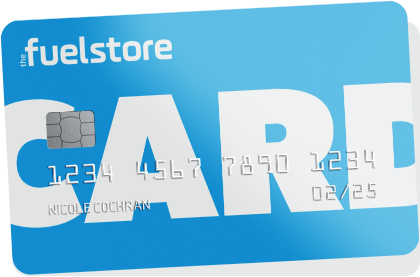Driving in snowy conditions can be challenging and dangerous if you're unprepared.
We asked our team to share their top tips for driving in the snow - and this is what they came up with:
Tyres: Check your tyre pressure and tread depth. In the UK, the minimum tread depth is 1.6 mm, but it's recommended to have at least 4 mm in winter. Use winter tyres if you have them, for better traction in snow and ice.
Check your battery: Cold weather can reduce battery performance; ensure it’s fully charged.
Top-up fluids: Top up your windscreen washer fuid, and ensure oil, antifreeze, and brake fluid levels are adequate.
Clear snow and ice: It may seem obvious, but so many drivers just clear their windscreen and drive off. Remove snow from all windows, mirrors, lights, and roof before driving.
Emergency kit: Carry a kit with essentials like a blanket, torch, jump start cables, an ice scraper, shovel, and sand or kitty litter for traction.
Adjust your driving: Reduce your speed to account for lower traction on snowy or icy roads, and avoid sudden movements that could cause skidding. Don’t be tempted to use cruise control.
Increase your stopping time: Maintain a 6-8 second gap from the vehicle in front - stopping distances increase on slippery surfaces.
Use your lights: Use low-beam headlights in snowfall for better visibility, even during the day.
Know how to handle skidding: How you handle skidding can depend on the type of vehicle you’re driving - it is important to understand how to handle skidding in your specific vehicle.
Be aware of black ice: If the road looks wet but isn’t, it might be ice. Slow down without abrupt movements and be aware of areas that don’t have much sun, such as under bridges, where black ice is more likely.
Plan: If you can, stick to major roads that are more likely to have been treated.
Stay Alert: Look ahead to anticipate issues like stopped vehicles or icy patches.
Check out our driver toolkit for a comprehensive list of everyday vehicle checks.
